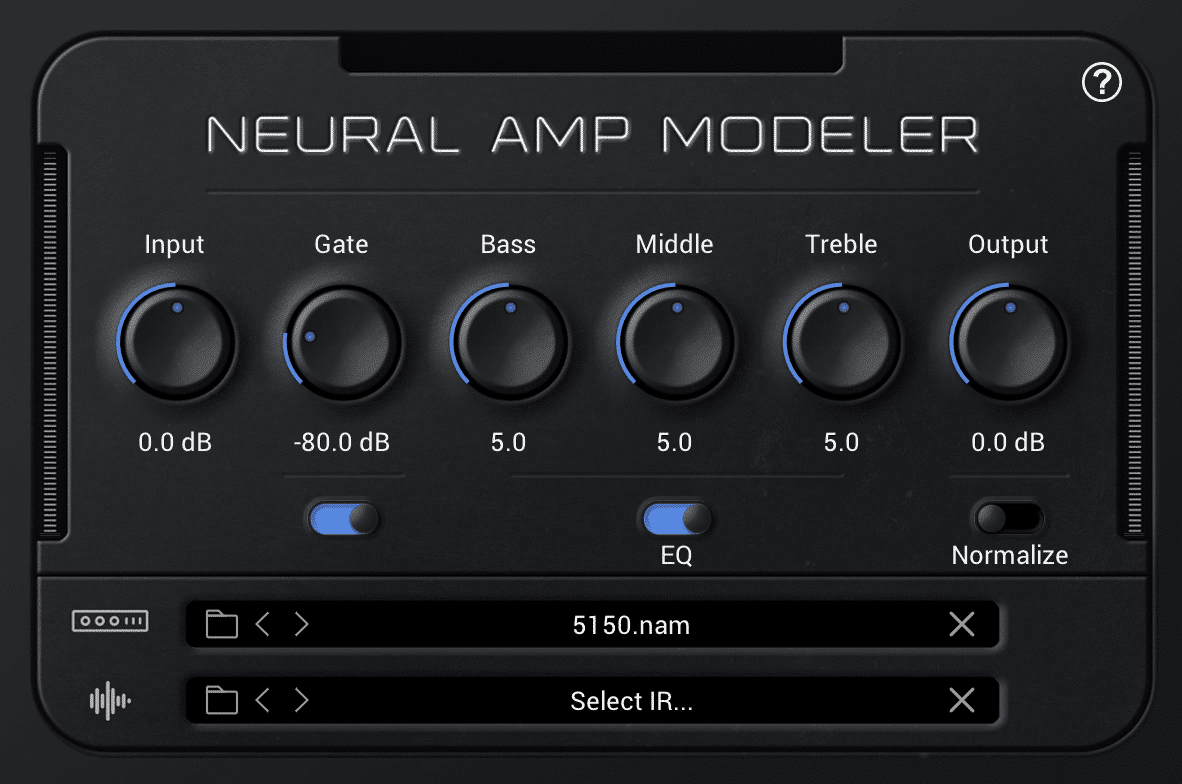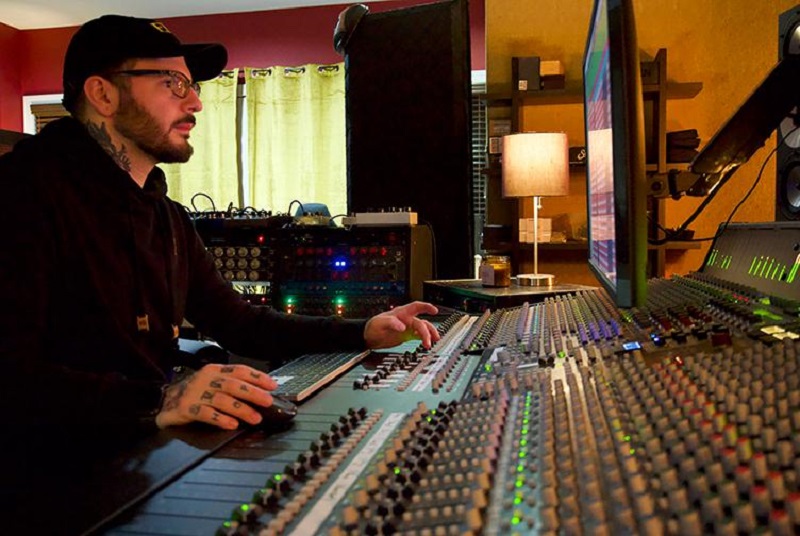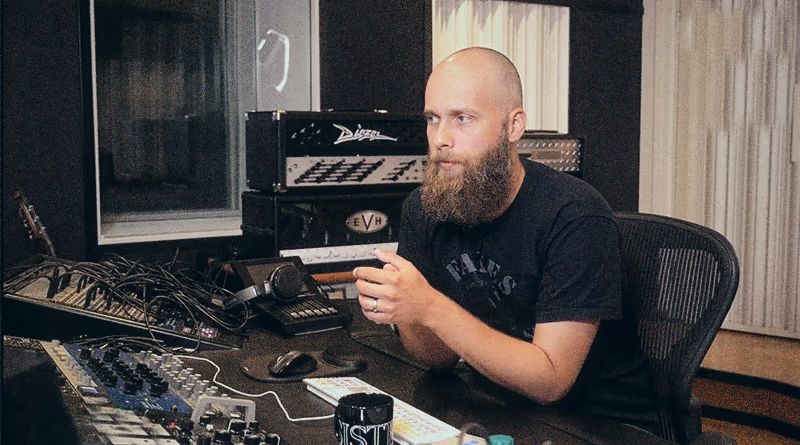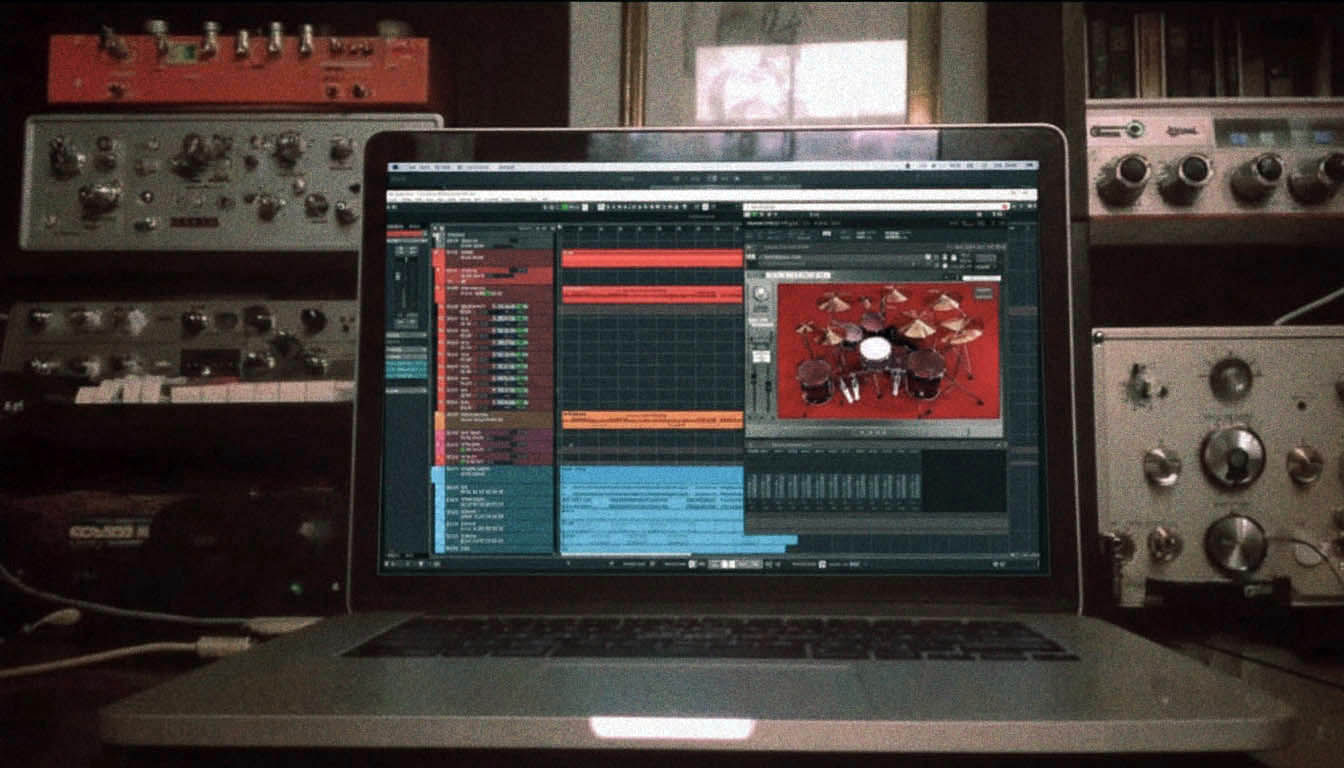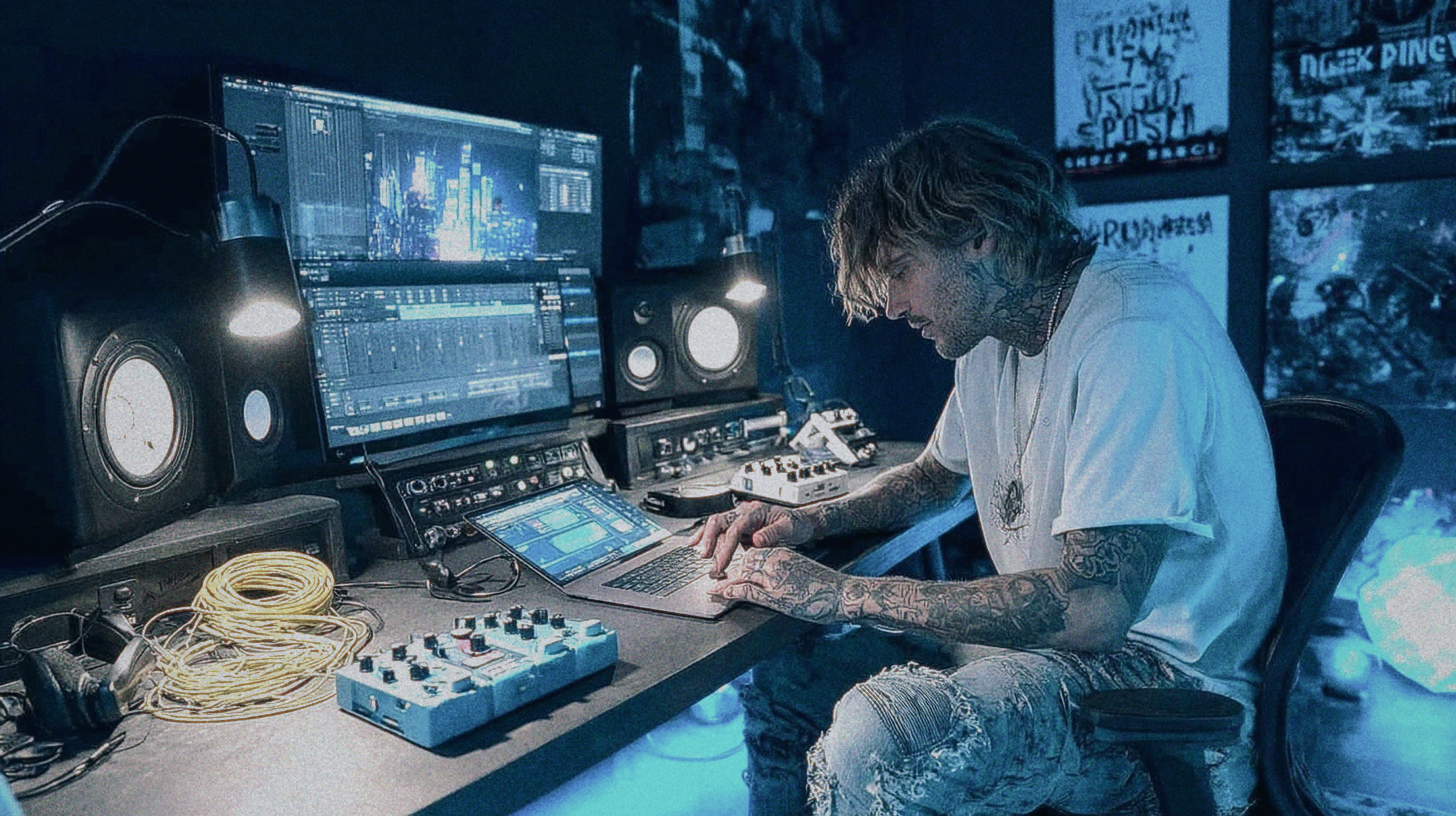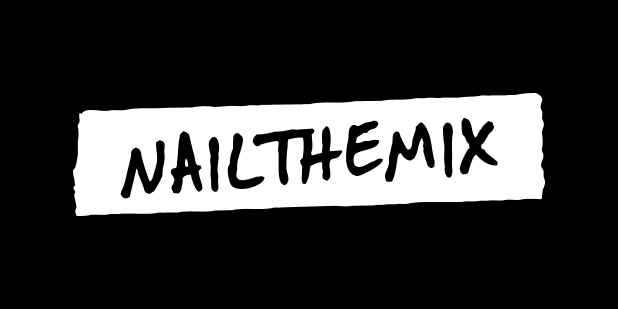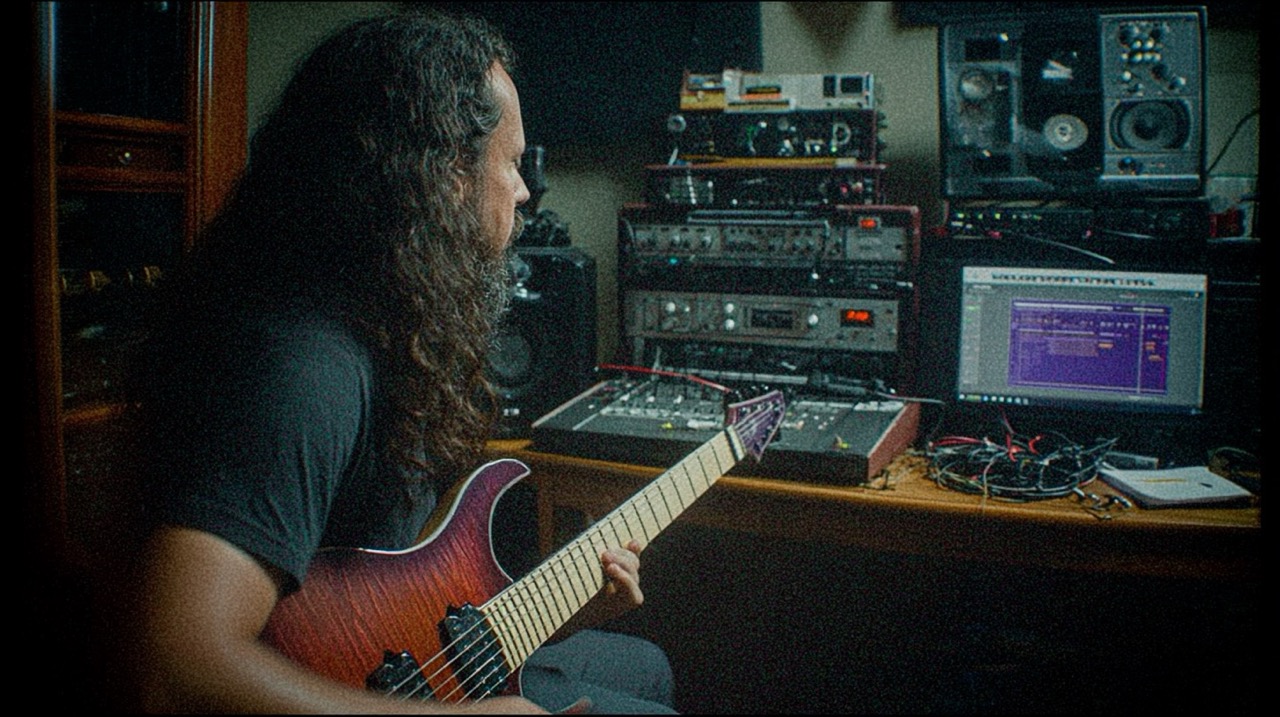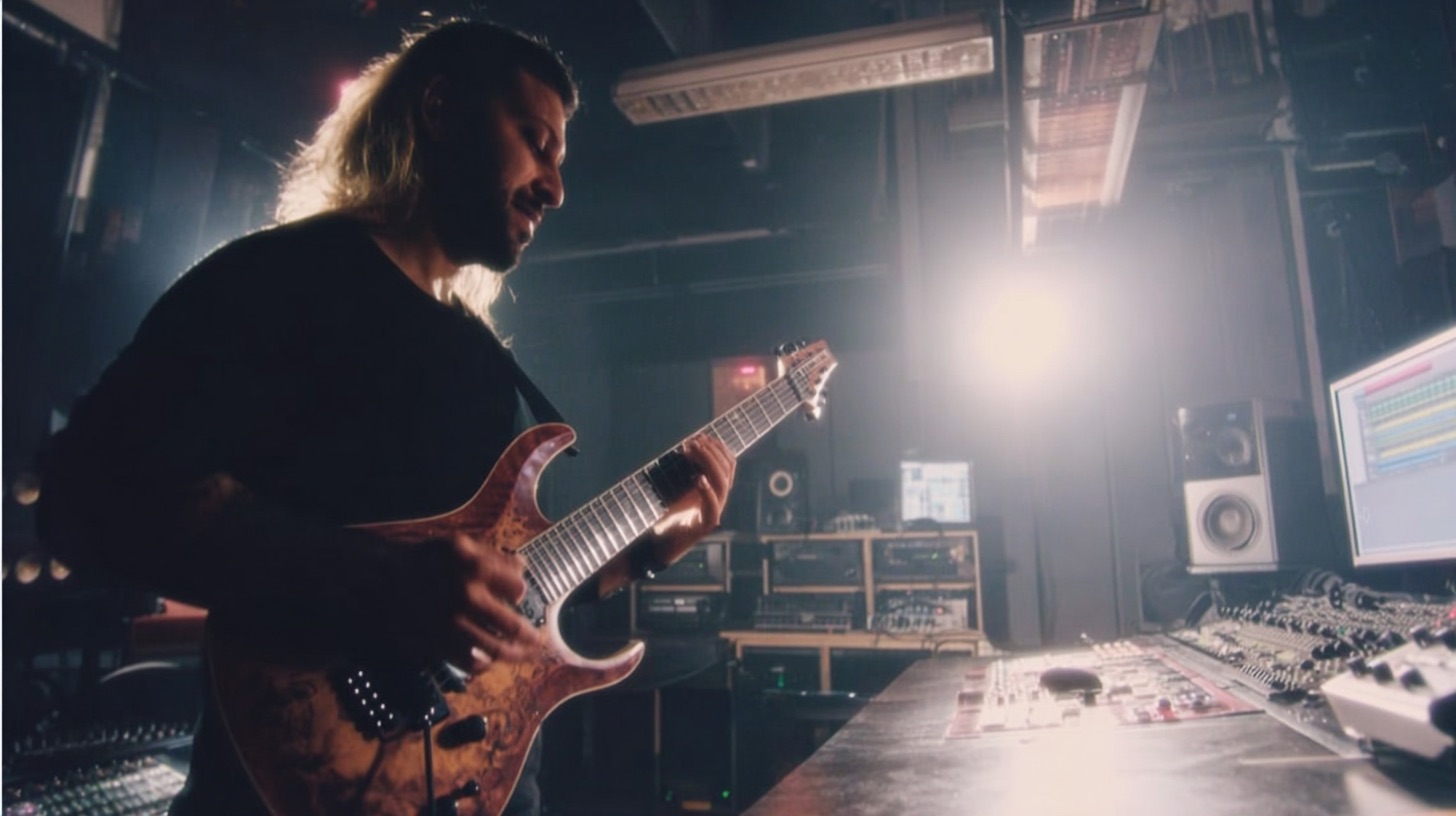
Your EQ Frequency Chart for Modern Metal Production
Nail The Mix Staff
You’ve seen a dozen “EQ frequency charts” online. You know, those colorful graphics that tell you “Vocals = 1-3kHz” and “Bass = 80-200Hz.” They’re not wrong, but for a modern metal producer, they’re practically useless.
Why? Because modern metal is a different beast. It’s not about finding a neat little pocket for every instrument. It’s a full-scale war for every single hertz in the frequency spectrum. You’re dealing with 8-string guitars tuned to F#, bass tones that could crack foundations, and kick drums that need to punch through it all like a cannonball.
Generic charts don’t account for the sheer density and low-end saturation we face. The expectation for polished production is higher than ever, even for a local band’s demo. You can’t just scoop the mids and call it a day anymore.
This isn’t just another chart. This is a strategic guide to thinking about frequencies in the context of a brutal, crystal-clear, modern metal mix.
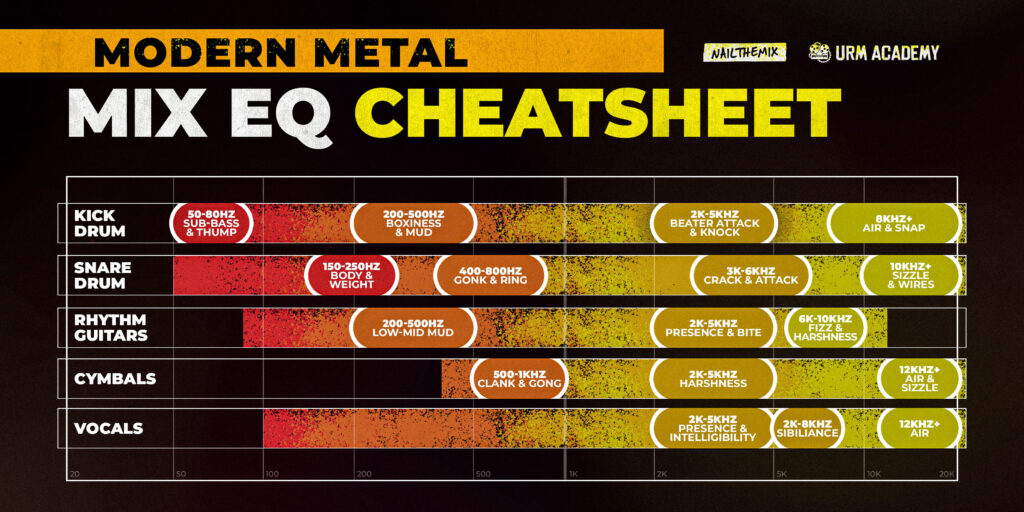
The Low-End Battleground (20Hz – 250Hz)
This is where your mix will either stand tall or collapse into a muddy mess. With low-tuned guitars, bass, and kick all fighting for dominance, surgical precision is non-negotiable.
Kick Drum: The Foundation
Your kick is the heartbeat. If it gets lost, the entire mix feels weak. We’re often using powerful samples from libraries like GetGood Drums or Superior Drummer 3, so we have a great starting point. The goal is to make it felt and heard.
- 20-60Hz (Sub-Bass/Rumble): This is the air the kick moves. You feel it in your chest. Use a spectrum analyzer like the one in FabFilter’s Pro-Q 3 to see where your kick’s fundamental energy is. A gentle, wide boost here can add serious weight. Crucially, high-pass almost everything else (guitars, bass, even some cymbals) up to at least 80-100Hz to keep this space clear for the kick.
- 60-100Hz (Punch/Thump): This is the kick’s primary impact zone. Find the sweet spot and give it a focused boost to help it punch through. Don’t go crazy—a few dB is often enough. This is the frequency that makes you headbang.
- 3-5kHz (The “Click”): This is the beater attack. In a dense metal mix, this is just as important as the low-end. A boost here helps the kick cut through the wall of cymbals and distorted guitars, especially during fast double-bass sections.
These ranges are your primary targets, but for a step-by-step workflow, learn how to EQ metal kick drums with Joey Sturgis’s method.
Bass Guitar: The Connection
What’s the role of a bass guitar when the rhythm guitars are already in its frequency range? Definition. The bass needs to have its own character to avoid just becoming low-end mud under the guitars.
- 80-120Hz (Fundamental Weight): This is where the bass provides its core low-end support. You need to carefully carve this around the kick. A classic trick is to boost the kick at 60Hz and the bass at 80-100Hz, giving each its own little pocket. Using a multi-band compressor or dynamic EQ to duck the bass slightly when the kick hits is a power move.
- 400-800Hz (Growl & Definition): This is the secret weapon for modern bass tone. This range is what helps the bass be heard on laptops and earbuds. A gritty, slightly distorted tone from a plugin like Neural DSP’s Parallax or the classic SansAmp RBI can really emphasize this range, giving the bass its own identity.
- 1-2kHz (Clank & String Noise): This is the pick attack. Just like the “click” on the kick, this helps the bass articulate its notes and not get lost in the guitar chugs. Don’t be afraid to boost this area to make the bass performance audible and really help you get that clanky metal bass tone.
Low-Tuned Guitars: The Chug
With 7, 8, and even 9-string guitars, there’s a ton of low-frequency information that, if left unchecked, will destroy your mix’s clarity.
- High-Pass Everything: This is the most important EQ move for modern metal guitars. Period. Start with a high-pass filter (HPF) around 100Hz and be prepared to push it even higher, maybe to 120Hz or 140Hz depending on the tuning and mix density. It will feel wrong at first in solo, but in the mix, it’s what creates space for the kick and bass to do their jobs.
- 150-250Hz (The “Chug”): This is the palm-muted power zone. However, it’s also a major source of mud that can conflict with the snare’s body and the bass’s low-mids. A slight, wide cut in this area on your main guitar bus can often clean things up dramatically. For more advanced control, some producers even use multiband compression to tame boomy low-end without sacrificing power.
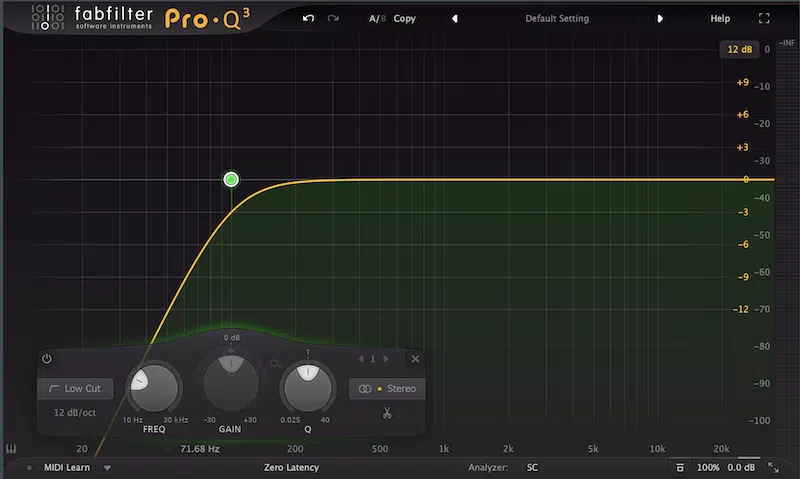
The Mid-Range Warzone (250Hz – 5kHz)
This is where every key element of your mix lives. Vocals, snare crack, guitar aggression—it’s all here. Winning the mid-range means creating clarity, not just scooping it all away.
Guitars: Aggression and Bite
The classic “scooped” sound can leave you with a hollow, lifeless mix. Modern metal guitars need a strong mid-range to cut through, and a dedicated metal guitar EQ strategy is crucial.
- 400Hz (The Boxiness Cut): This is the traditional “scoop” area. A cut here is still common to reduce a “cardboard box” sound and make room for the bass growl and snare body. Just be careful not to overdo it.
- 800Hz – 1.5kHz (The Grind / The Honk): Think Meshuggah or Periphery. This is the core character and aggression of many modern metal and djent tones. A careful boost here can bring a guitar forward and give it a nasty, aggressive edge.
- 2-4kHz (Presence & Pick Attack): This is where the articulation lives. For fast, technical riffs, this range is critical for ensuring every note is heard clearly. This is the “bite” that separates a fuzzy guitar tone from a sharp, defined one.
Snare Drum: The Crack
The snare needs to cut through the wall of guitars. EQ is your primary tool for making that happen.
- 200-250Hz (Body/Fatness): This gives the snare its weight and impact. A little boost here can make it sound much bigger.
- 900Hz – 1kHz (The “Crack”): This is the pop. Consider a slight, narrow cut in the guitars right at this frequency to create a dedicated pocket for the snare to slice through.
- 5kHz (The Sizzle): A boost here brings out the sound of the snare wires, adding brightness and excitement.
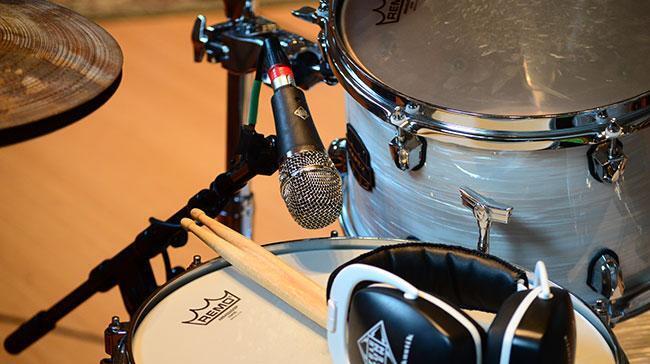
Vocals: The Centerpiece
Whether it’s brutal screams or clean singing, the vocals need to be front and center, which requires learning how to EQ vocals so they can cut through the chaos.
- 300-500Hz (Body/Warmth): Too much here and the vocal sounds muddy; too little and it’s thin. You often have to cut this same area in the guitars to make space.
- 1-4kHz (Presence & Intelligibility): This is the money range. This is where the human ear is most sensitive and where the clarity of the lyrics lives. Your mix should be arranged and EQ’d to let this frequency range in the vocals dominate.
For more deep-dive strategies on carving out space, check out our EQ Strategies for Mixing Modern Metal hub page.
The Top End: Air and Fizz Control (5kHz+)
This is what separates a professional, polished mix from a harsh, amateur one. It’s all about adding brightness without adding pain.
- 5-9kHz (The Fizz Zone & Sibilance): This is the #1 enemy of DI guitars and amp sims. That nasty, static-like “fizz” lives here. Don’t use a broad treble cut. Use a very narrow Q on an EQ like the Pro-Q 3, find the exact offending frequency, and surgically notch it out. For vocals, this is the sibilance (“sss”) range. Use a de-esser, not a static EQ cut.
- 6-10kHz (Cymbal Sizzle): This is where cymbals get their shimmer and definition. If they sound harsh, a dynamic EQ can be a lifesaver, taming the harshness only on the loudest hits instead of dulling the cymbals throughout.
- 12kHz+ (“Air”): A gentle, wide high-shelf boost on your drum bus or even the whole mix bus can add that expensive-sounding “air” and polish. An EQ like the Maag EQ4 is famous for its smooth air band.
Tying It All Together
This “chart” is a starting point—a roadmap for where to look when you hear a problem. The real skill is training your ears to identify these areas and make confident, decisive moves. It’s about understanding that a small cut on the guitars at 1kHz can make the snare pop more than a huge boost on the snare itself.
Reading about these frequency ranges is one thing. But seeing a pro producer like Will Putney or Joey Sturgis actually sweep for guitar fizz, carve out the perfect pocket for a kick drum, and automate EQ to bring a mix to life is a game-changer. It’s how you go from knowing the theory to internalizing the technique.
At Nail The Mix, you get to be a fly on the wall for exactly that. Every month, you get the real multi-tracks from a massive metal song and watch the original producer mix it from scratch, explaining every single decision.
Ready to stop guessing and start mixing with confidence? Unlock Your Sound: Mix Modern Metal Beyond Presets.
Get a new set of multi-tracks every month from a world-class artist, a livestream with the producer who mixed it, 100+ tutorials, our exclusive plugins and more
Get Started for $1
